Coronavirus: How Merthyr is above Leicester as Covid-19 hotspot
- Published

Merthyr's small population helped it to top of the highest weekly rate of confirmed Covid-19 cases
The fact that Merthyr Tydfil is above Leicester as being a UK coronavirus hotspot does not mean infection has spread to the wider community, health chiefs have insisted.
Public Health Wales (PHW) say it is due to increased testing after a cluster of 130 cases at the Kepak meat plant.
Merthyr and Leicester, which is under a local lockdown, have the highest weekly case rate per 100,000 people.
PHW is keeping Merthyr's cluster of Covid-19 cases "under constant review."
"This does not mean that there has been a significant increase in the level of infection in the community," said a PHW spokesperson.
The confirmed cases at Kepak factory - which currently stand at 134 - mean there have been more than 634 confirmed Covid-19 cases at meat plants in Wales - with 283 at Rowan Foods in Wrexham and 217 at the 2 Sisters chicken processing warehouse on Anglesey.
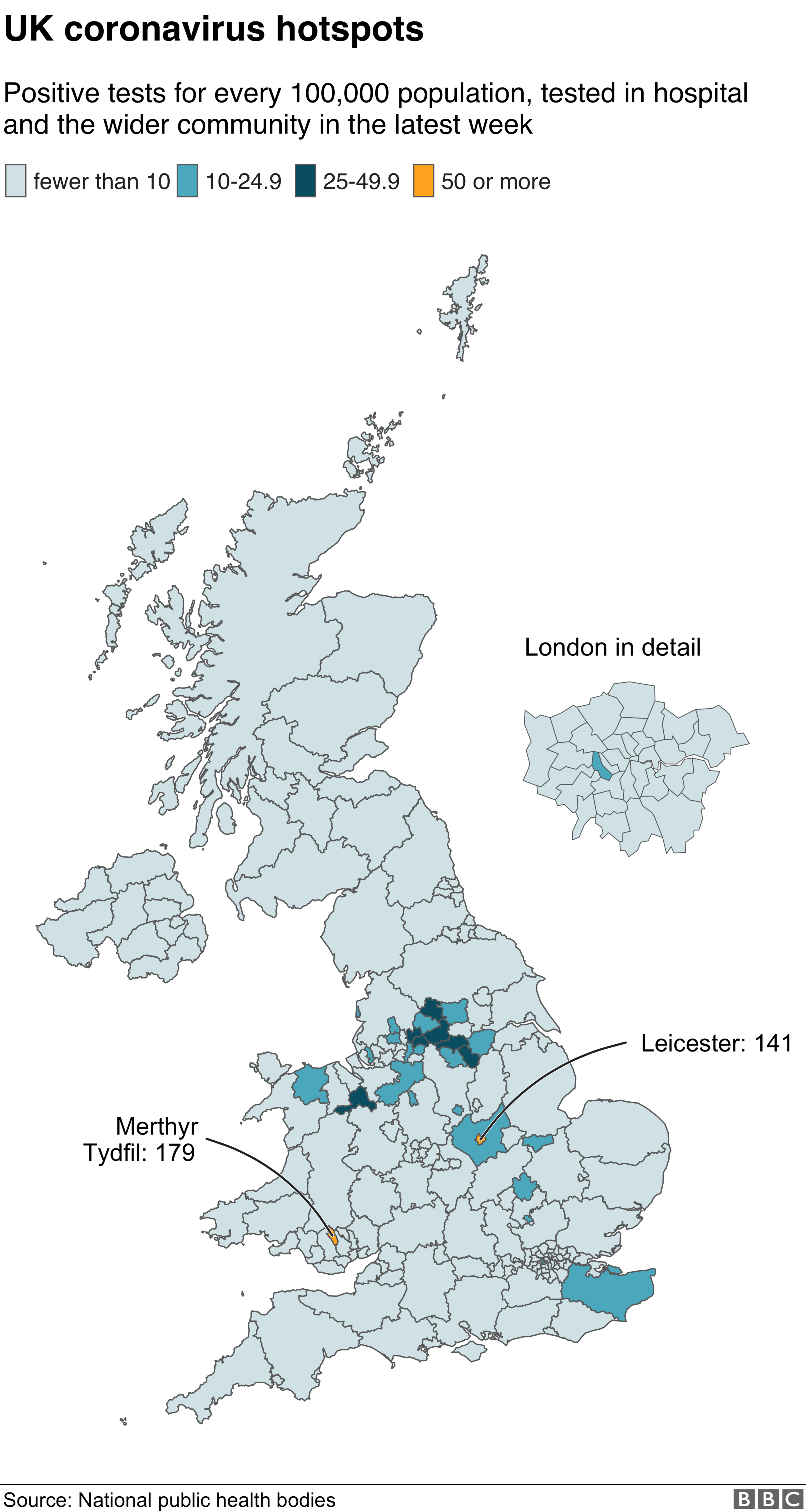

What's the data used for?
Public Health Wales has been publishing Welsh coronavirus data daily since March but now local data in England is being made available so analysts can consider whether local lockdowns are needed.
That's what happened in Leicester - where the English city has gone back to the UK-wide lockdown introduced at the end of March.
Residents will have to stay at home as much as they can, while people in other parts of England will have more freedom.
Non-essential businesses have shut again, schools have mainly closed and reopening of pubs and restaurants, and the relaxation of social distancing will not happen yet.
How is Merthyr top of the table?
The spike of more than 179 cases per 100,000 people in Merthyr in the week up to 1 July is due to the Kepak outbreak. The county is also the smallest of Wales' 22 council areas, so such a jump in cases will be noticed.
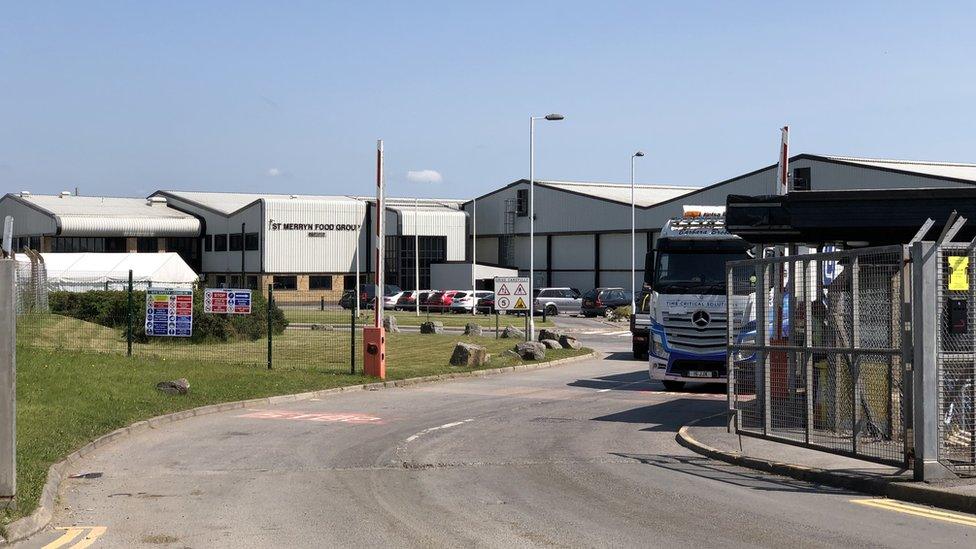
The Kepak meat plant in Merthyr Tydfil has had 130 coronavirus cases
"We have recently undertaken focused testing relating to a cluster of coronavirus at Kepak Merthyr, which has unearthed infections that might otherwise not have been picked up," said a PHW spokesperson.
"Focused testing as part of the management of clusters and outbreaks of coronavirus will inevitably identify new cases - but this does not mean that there has been a significant increase in the level of infection in the community.
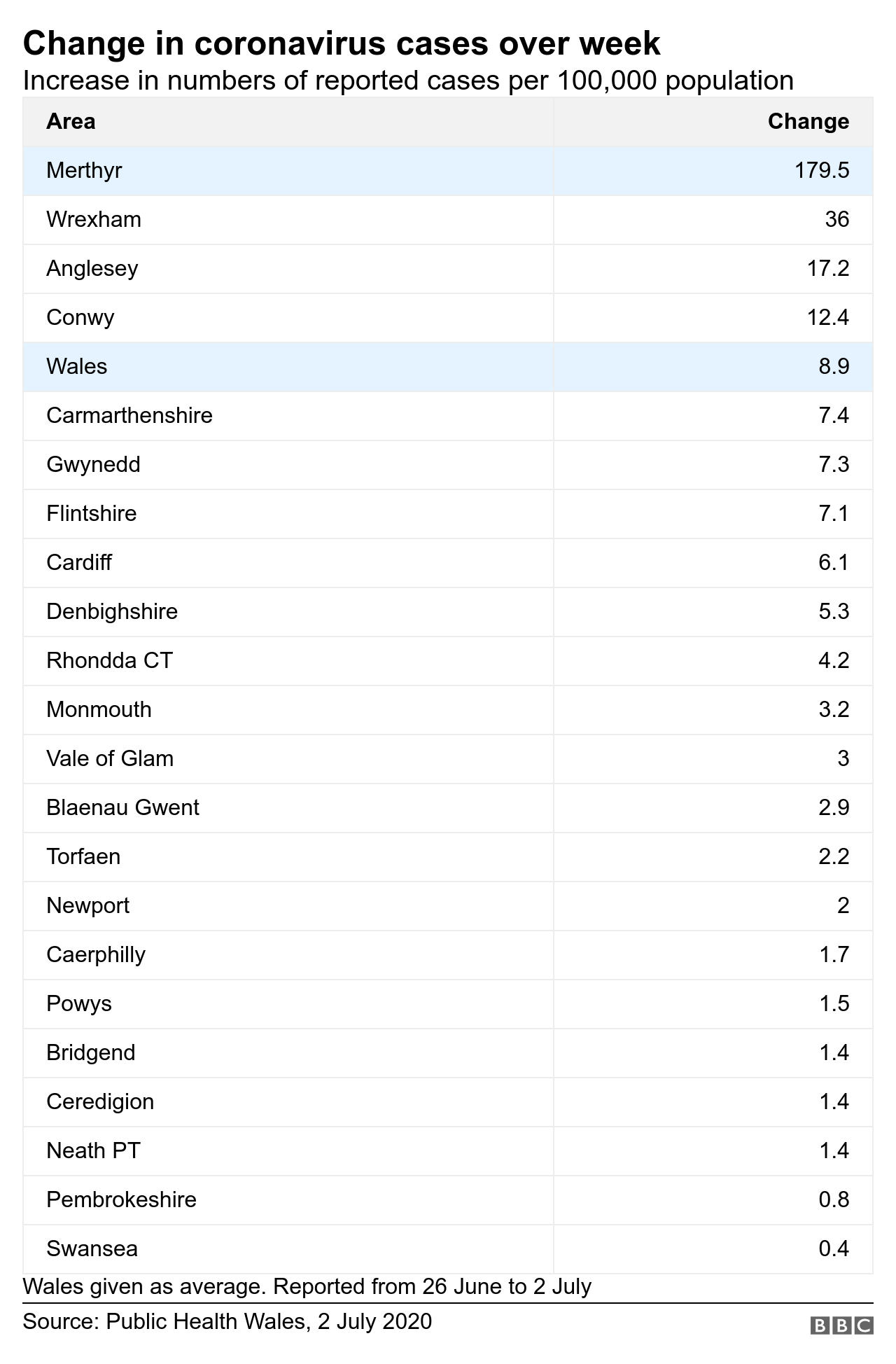
These are the latest weekly Covid-19 case rates across Wales, up to 1 July

"If we look at other data such as hospital admissions or bio surveillance indicators, there is no evidence of a big surge of infections in the wider community in Merthyr."
Who else is near the top of Covid-19 table?
Leicester had 141 new confirmed cases of coronavirus per 100,000 people - almost as many as they saw last week.
In fact, the East Midlands city and the south Wales borough have more than 100 new confirmed cases per 100,000 people - 10 times the UK-wide average.
Both areas have infection rates above 0.1% - no other local authority is above 0.05%. No other local authority in the UK has seen even a third of the infections in those areas.
Health officials have found no obvious source for the surge in Leicester, which has had more than 500 cases among its population of 354,000, but found more young and middle-aged people had tested positive than in other parts of the Midlands.
The Covid-19 outbreak at the Rowan Foods has pushed Wrexham behind Leicester and Bradford to fourth on the UK list, with 36 cases per 100,000 people.

It's not surprising days after more than 100 workers at the Kepak factory were confirmed with Covid-19 in the space of 24 hours- that the stats would show a big jump in weekly rates for that area.
Last week the same stats showed Wrexham being top of the heap - as a result of the outbreak at Rowan food factory.
The difference is that in Leicester the source of the surge in positive cases in the local community isn't clear.
Meanwhile, PHW Wales insists data about hospital admissions and other indicators suggests there is no evidence of a big surge of infections in the wider community in Merthyr.
Currently hospital admissions with Covid-19 are running across the whole of the Cwm Taf Morgannwg area at 14 a day on average.

Wales' First Minister Mark Drakeford will see if "general lessons" can be learned as why food plants are "vulnerable to outbreaks"
Why are meat factories susceptible to outbreaks?
Some of the biggest outbreaks of Covid-19 worldwide have been in meat processing factories and slaughterhouses.
While there have been 550 confirmed cases at meat plants in Wales, more than 2,000 people contracted the virus after an outbreak in a German factory - with 21 deaths.
In Ireland for example, a special national outbreak team has been put in place to deal with the large number of clusters at meat plants.

There have been 237 Covid-19 cases linked to the Rowan Foods meat plant in Wrexham
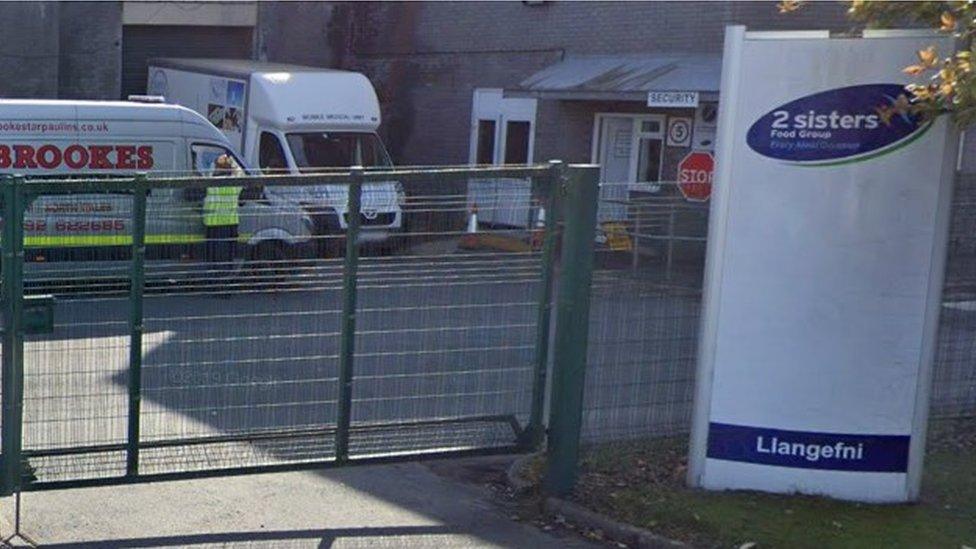
The 2 Sisters plant in Anglesey has been closed due to the outbreak
There are various theories about why meat plants are particularly susceptible to coronavirus outbreaks.
But experts say contributory factors are likely to be a combination of staff working in close proximity, doing very physical work, indoors in a cold environment where the virus is known to thrive.
Indeed, a BBC investigation found workers at the Rowan Food factory in Wrexham highlighted the difficulty of social distancing in meat processing plants and why they are a hotbed for the virus.
Dr Christopher Johnson, chairman of the outbreak control team at PHW said workers from Rowan Foods have come forward for testing.
"We are reporting a total increase of 46 cases recorded since Monday, but this does not mean that we have seen a jump in the level of infection in the last 48 hours," he said.
"The majority of the increase is as a result of checking on-site sampling with results collected through community, home and drive-through testing centres, not new spread of infection."
He said he wanted to reassure the workforce and wider community that the results were "entirely what we would expect to see" when a focused and robust testing regime was in place.
Is food safe?

The Food Standards Agency said there was no reason food would not be safe
The Food Standards Agency said it was "very unlikely you can catch coronavirus from food" as the virus is a respiratory illness.
The agency's Caroline Kitson said the virus was "not known to be transmitted by exposure to food or food packaging".
- Published2 July 2020

- Published28 May 2024

- Published30 June 2020
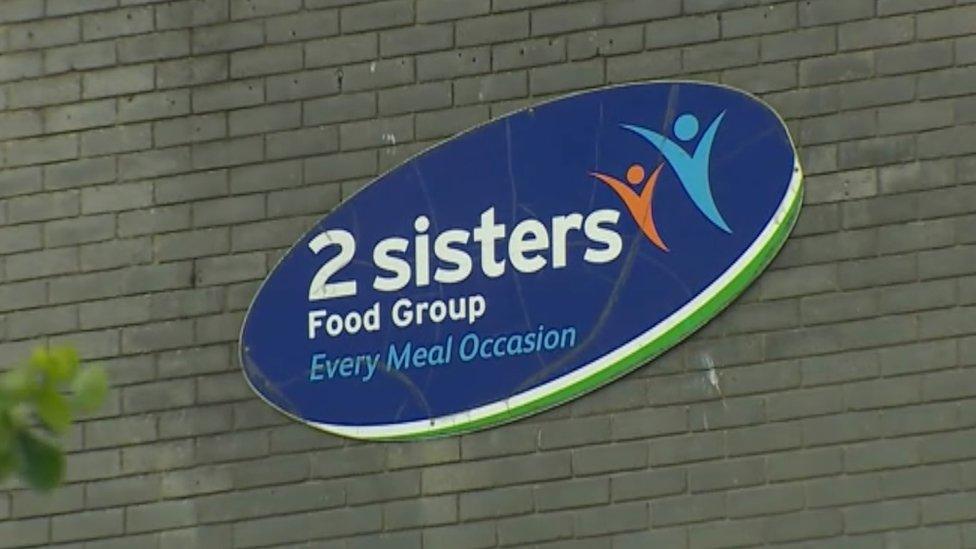
- Published29 June 2020

- Published25 June 2020
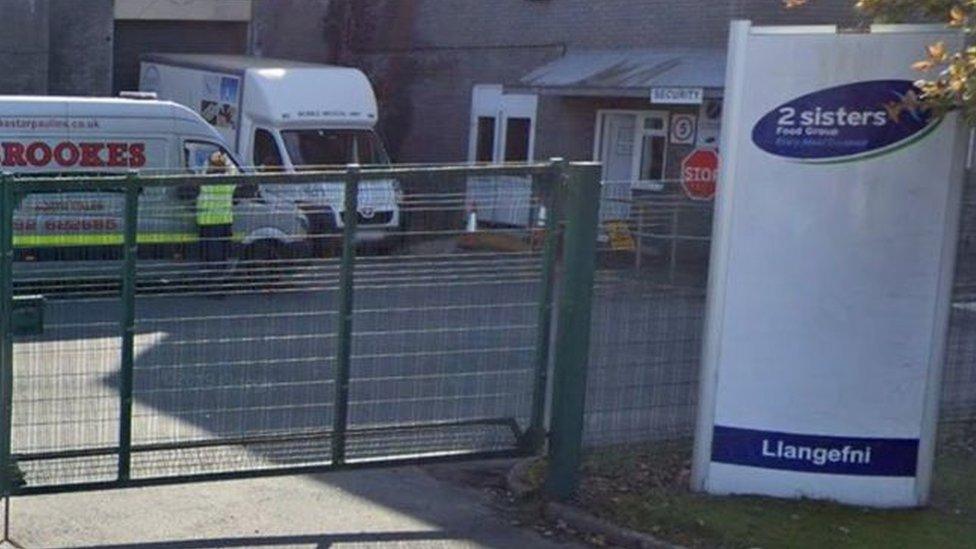
- Published14 May 2020
